Lilacs are among the most beloved and fragrant flowers, with enchanting blooms and sweet scents that can fill any garden and soul with beauty and meaning. Some may wonder, but what do lilacs symbolize?
In the language of flowers, lilac meaning defines youth’s joy, spring’s freshness, and first times. From the botanical perspective, lilac flowers attract butterflies, making them perfect to design a vibrant landscape.
 Image credits: Valeria Boltneva
Image credits: Valeria BoltnevaLilacs belong to the genus Syringa, including 25 known species, native to eastern Europe and temperate Asia, according to Britannica. The common lilacs have four-petaled purple flower clusters, which can also come in pale blue, light purple, pinkish, or white.
Are you considering lilacs for your garden, but doubting how much you know about growing them? Whether you’re a beginner or an advanced gardener, this ultimate guide will provide all the answers on how to grow and care for lilacs. So grab your gardening tools and create your own lilac paradise!
Where Do Lilacs Grow Best
 Image credits: Irina Iriser
Image credits: Irina IriserClimate
Lilacs thrive in climates that have relatively cool summers and cold winters. They are resistant in zone 2 but hardy in zones 3 to 7.
Soil
Lilacs love rich, loamy, neutral (pH of 7.0) to slightly alkaline (pH of 7.4–7.8) soil and sharp drainage. You can use compost to adjust your soil pH.
Orientation
Lilacs grow best planted in full sun, meaning they should get at least six hours of direct sunlight on most days. Given less, they won’t flower as well. Lilacs don’t do well in full shade, so it’s best to find them a sunny, south-facing spot.
When and How to Plant Lilac Bush
 Image credits: Anna Shipman
Image credits: Anna ShipmanBest Time for Planting and Replanting
Lilac shrubs should be planted in the early fall before the ground freezes or in the early spring after the last frost. The best time to replant lilacs is in the early spring, after they finish flowering and before the summer heat sets in.
Planting Methods
Dig a hole deep and wide enough to accommodate the roots of the lilac and set the plant 2 to 3 in (5 to 7.6 cm) deeper than it grew in the nursery. Depending on the variety and desired effect, lilacs should be placed 5 to 15 ft apart (1.5 to 4.5 m). After planting, water the lilacs well and mulch them to retain moisture and control weeds.
How to Care for Lilacs
Are lilac bushes hard to grow? Fortunately, lilacs are generally easy to cultivate. Still, they do require specific growing conditions and care. If you want your lilac to thrive and bloom well, follow these simple steps, covering everything from watering to propagating.
Watering
Lilacs need well-draining soil and regular watering, especially during the first growing season and hot summers.
- Water every 10 to 14 days or when the top inch of soil feels dry.
- Water slowly and deeply. Moisten the soil to a depth of 12 in (30.5 cm).
- Retain moisture by mulching around the base of the lilac bush. This also helps prevent weeds.
- Reduce watering after flowering and before dormancy. Water your lilac less after it blooms, and only provide water during extended dry spells to prevent root rot. Moreover, reduce watering in fall as lilac prepares for dormancy.
Temperature & Humidity
 Image credits: Anya Chernik
Image credits: Anya ChernikAs lilacs prefer climates with cold winters and cool, though sunny summers, the best temperature is between 65°F and 76°F (18.3°C and 24.4°C). Lilacs also can withstand freezing temperatures. However, they do need protection from frosty cold winds.
Hot and humid regions such as the Southern United States aren’t suitable, as humidity can lead to fungal diseases.
Fertilizing
 Image credits: Greta Hoffman
Image credits: Greta HoffmanLilacs are spring-feeding shrubs that greatly benefit from regular fertilization, especially in poor soils or during the first growing seasons. Regular fertilization helps them produce larger flowers, healthier foliage, and stronger roots.
The best time to fertilize lilacs is in early spring, just before they leaf out. For fertilizing lilacs, you can use organic material, bone meal, fish meal, and compost or buy liquid, powdery, or granulated fertilizer. Opt for a balanced fertilizer specifically formulated for lilac shrubs (for example, 10-10-10 or 20-20-20).
Quick tip: Don’t overdo it. Over-fertilization can cause excessive leaf growth and poor blooming. Also, avoid fertilizers high in nitrogen, as this can make the soil too acidic for lilacs.
Blooming
 Image credits: Karo K.
Image credits: Karo K.Many may be wondering, what month do lilacs bloom? Lilacs are spring-flowering shrubs that bloom for a few weeks, usually from mid to late May, depending on the climate and variety.
However, there are early, mid, and late-season lilacs, which can extend the blooming season to six weeks or more. You can also choose reblooming lilacs, which flower again in midsummer and fall.
Quick tip: While blooming, water the plant deeply and regularly, especially during dry spells.
Pruning

Lilacs bloom on old wood, which means that the flower buds for the next spring develop on growth from the previous year. As a result, the best time to prune lilacs is immediately after blooming before they start forming new buds.
If you prune your lilacs in late summer, fall, or winter, you will remove the flower buds formed on the old wood and reduce the blooming for the next season.
Quick tip: Hard pruning can stimulate growth in overgrown, old, or poorly flowering lilacs. However, keep in mind that it will reduce or eliminate flowers for at least one year.
Propagating
Lilacs can be propagated from shoots, cuttings, or seeds. However, propagating from shoots is the easiest and most successful method. Shoots are new stems that grow from the roots of existing lilac bushes. They usually appear in late spring or early summer after the lilacs have bloomed. So, how do we propagate from them?
- Locate the shoots near the plant base. They will look like small, green stems with leaves at the end.
- Cut the shoot from the plant. Use a sharp shovel, and make sure to include some roots.
- Dig a hole. Pick a sunny spot with well-drained soil, and plant the shoot at the same depth.
- Water. After planting, the shoot requires watering and moisture until it becomes established.
And there you have it, enjoy your new lilac plant!
Common Lilac Problems
Lilac shrubs are usually trouble-free. However, they may experience a few common problems, such as poor flowering, heat intolerance, and poor aging. Here are things that cause these issues and ways to solve them.
Low Flowering
 Image credits: P_Kordus
Image credits: P_KordusLow flowering can be caused by improper pruning, too much nitrogen fertilizer, insufficient sunlight, or warmer winters.
Solution: Prune lilacs right after they flower, use a balanced fertilizer, plant them in a sunny spot, and choose varieties adapted to your climate.
Heat Intolerance
 Image credits: Mykyta Kondratov
Image credits: Mykyta KondratovAs lilacs prefer cooler climates, they are less tolerate of heat. Excessive summer heat can cause wilting, shriveling, and premature leaf drop. Lilacs under heat stress may not produce flowers and could become more susceptible to pests and diseases.
Solution: Avoid planting lilacs near sources of reflected heat or limited airflow, such as walls, pavements, or solid fencing. Choose varieties adapted to your climate and provide adequate water and mulch.
Poor Aging
 Image credits: Burnmaxx2077
Image credits: Burnmaxx2077Lilacs can become bare-bottomed or leggy with age and often look bedraggled with leaf infections after a hot summer. If the old wood isn’t pruned, the plant can produce fewer and smaller flowers.
Solution: Right after spring flowering, prune lilacs to remove about one-third of the oldest and thickest stems at the base. This will stimulate new growth and more blooms.
Common Pests & Plant Diseases
According to the University of Maryland, there are three most common lilac diseases: bacterial blight, fungal leave spots, and powdery mildew.
Bacterial Blight
The bacterial blight is caused by the bacterium Pseudomonas syringae cv. syringae that live on leaf surfaces. The disease causes blackening of new shoots, leaves, and flower buds, as well as dark spots on leaves with yellow halos. It spreads quickly and can kill entire shoots.
Solution: The disease is favored by rainy spring weather, so avoid overhead irrigation and prune only in dry weather. Remove infected plant parts immediately to prevent further spread. Apply copper-based fungicides or bactericides to protect healthy plants.
Fungal Leaf Spots
Fungal leaf spots are caused by fungi that infect the leaves of lilacs, especially when wet or humid. They appear as brown or black spots on the leaves and may cause them to fall off prematurely.
Solution: No treatment may be applied as fungal spots aren’t life-threatening to lilacs. However, the best way to prevent and control fungal leaf spots is to prune off the infected leaves and twigs and dispose of them properly.
Powdery Mildew
Powdery mildew is caused by fungi that grow on the surfaces of lilac leaves, stems, and shoots, forming a white powdery coating. This coating blocks the light needed for photosynthesis and reduces the plant’s vigor. The fungus thrives in warm and humid conditions, especially at night.
Solution: Select resistant cultivars and plant them in full sun. Also, avoid crowding the plants and prune them regularly to improve air circulation and remove infected parts.
Popular Lilac Varieties
Syringa vulgaris, or the common lilac, is the most widely grown and cultivated species and the parent of many popular varieties. However, there are more lilac varieties within the Syringa genus. Let’s meet seven of the most common ones.
‘Beauty of Moscow’ Lilac
Image credits: Jonathan Cooper
Syringa vulgaris ‘Beauty of Moscow’ is a French hybrid lilac that has double pink buds that turn into white flowers. It loves full sun and blooms in late spring, spreading a strong fragrance. It can grow up to 12 ft tall (3.6 m) and 7 ft wide (2.1 m).
‘Sensation’ Lilac
Syringa vulgaris ‘Sensation’ is another French hybrid lilac, yet this one has unique bicolor flowers. The petals are purple with a white edge, creating a striking contrast. It also has a strong fragrance, prefers full sun, and blooms in mid-to-late spring. Sensation cultivars can grow to 10 ft tall (3 m) and 12 ft wide (3.6 m).
‘Miss Kim’ Lilac
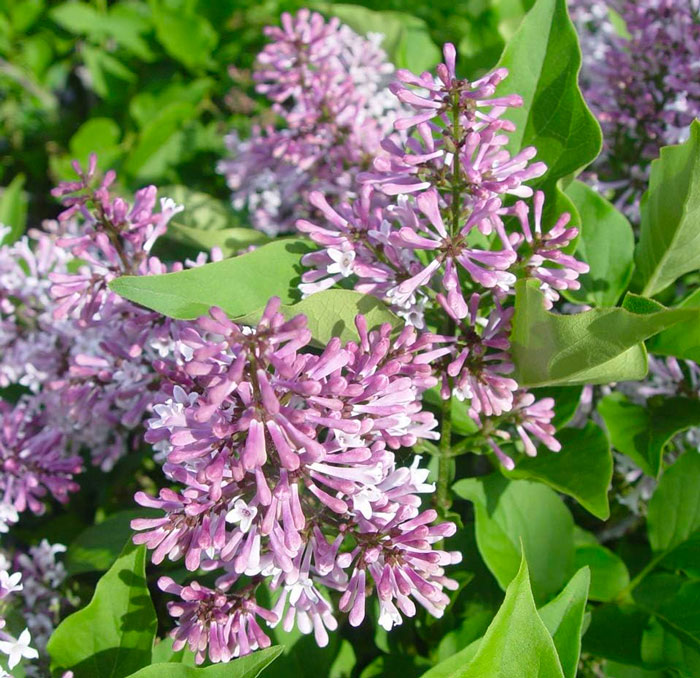
This Korean lilac has lavender flowers that fade to pale purple. It blooms later than most lilacs, extending the flowering season from late spring to early summer, and has a spicy fragrance. The shrub prefers full or partial sun and typically reaches a height and width of 6 to 8 ft (1.8 to 2.4 m).
‘Bloomerang’ Lilac
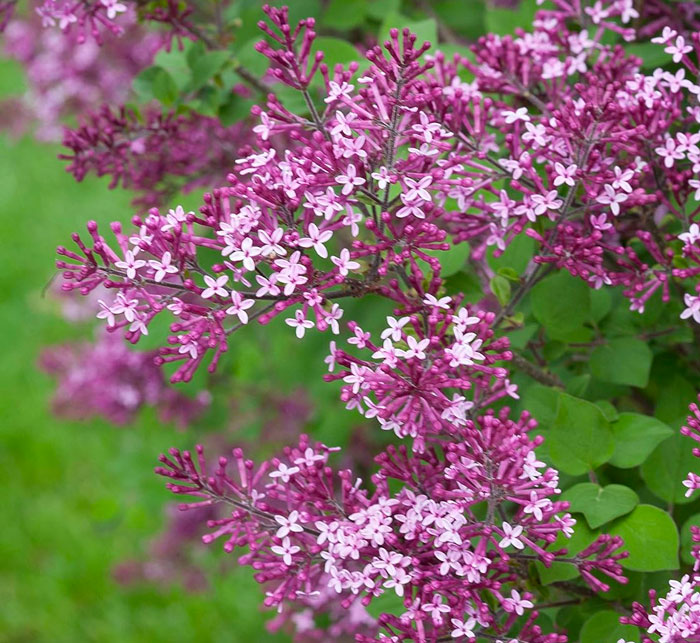
Named for its blooming pattern, the Bloomerang lilac bush blooms in spring and then reblooms in summer and fall. It thrives in full sun, has lavender-pink flowers, and a sweet scent. This compact lilac grows up to 5 ft tall (1.5 m) and 7 ft wide (2.1 m).
‘Charles Joly’ Lilac
Image credits: Tobias Bjørkli
The French hybrid features double lilac flowers and prefers to grow in full sun. Its magenta pink flowers spread a stunning smell of sweet fragrance while blooming in the mid to late spring. Charles Joy can reach up to 12 ft tall (3.6 m) and 10 ft wide (3 m).
‘Scentara Double Blue’ Lilac
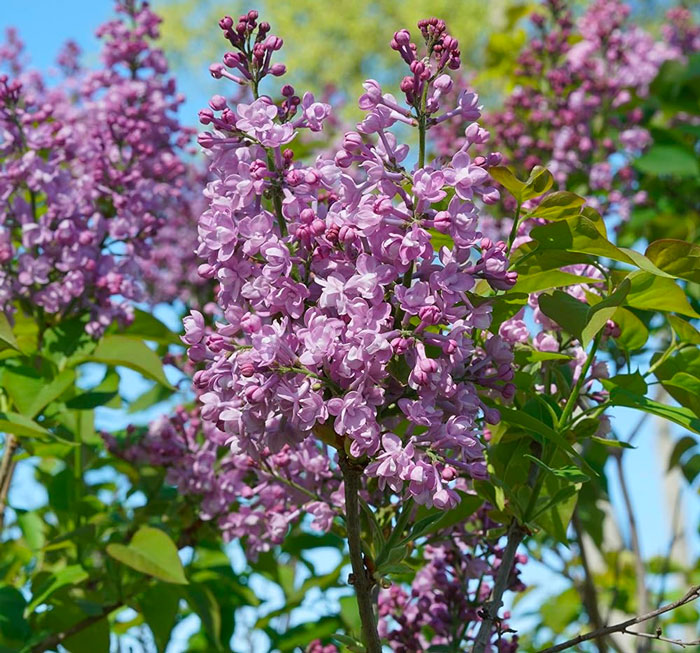
This early flowering hybrid lilac boasts double deep purple blossoms and thrives in full sun, emitting an intense fragrance. As a dwarf variety, it can reach a height and width of up to 8 ft (2.4 m).
Japanese Tree Lilac ‘Ivory Silk’
Image credits: willowbrooknurseries
From a technical standpoint, there isn’t a true “lilac tree.” This term is often used to describe a tall lilac bush that’s shaped to resemble a tree. However, if you’re seeking a lilac variety trained to grow in a tree-like form, you might consider the Japanese tree lilac (Syringa reticulata ‘Ivory Silk’).
Japanese tree lilac has creamy-white flowers, light fragrance, attractive peeling bark, and glossy foliage. It prefers full sun, blooms in early summer, and grows up to 25 ft tall (7.6 m) and 15 ft wide (4.5 m).
Top Questions About Lilac Bushes
As we close the guide to lilac bushes, remember gardening is a journey of learning and growth—much like the lilacs themselves. To make you feel equipped and inspired to grow these beautiful blooms, let’s address the top questions.
Are Lilacs Perennials?
Yes, lilacs are perennial shrubs, meaning they can live for over two years and bloom yearly. Actually, lilacs can grow and bloom for over 100 (!) years if planted in the right conditions and cared for properly.
Where Do Lilacs Grow Best in the US?
Lilacs are adapted to the northern and central regions of the US. They can also grow in warmer areas but may need special care and specific cultivars to thrive. Cultivars such as ‘Descanso,’ ‘Lavender Lady,’ ‘Miss Kim,’ and ‘Blue Skies,’ are known for their ability to thrive in warmer climates.
How Many Years Does It Take for a Lilac Bush to Grow?
A young lilac bush takes about two to three years to produce its first blooms. Generally, lilacs are fast-growing and can reach 12 to 18 inches in growth annually. However, it may take 5 to 10 years for a lilac to fully mature and reach its maximum height.
They are hard not to grow, at least the usual once here (Syringa vulgaris). But if you use the "fertalizer" in the picture above, you'll kill them :P (It's Acetic acid, even if it sais Roundup there where no Glyphosate in it).. lilac-16-1.jpg 
They are hard not to grow, at least the usual once here (Syringa vulgaris). But if you use the "fertalizer" in the picture above, you'll kill them :P (It's Acetic acid, even if it sais Roundup there where no Glyphosate in it).. lilac-16-1.jpg 

 Dark Mode
Dark Mode 

 No fees, cancel anytime
No fees, cancel anytime 







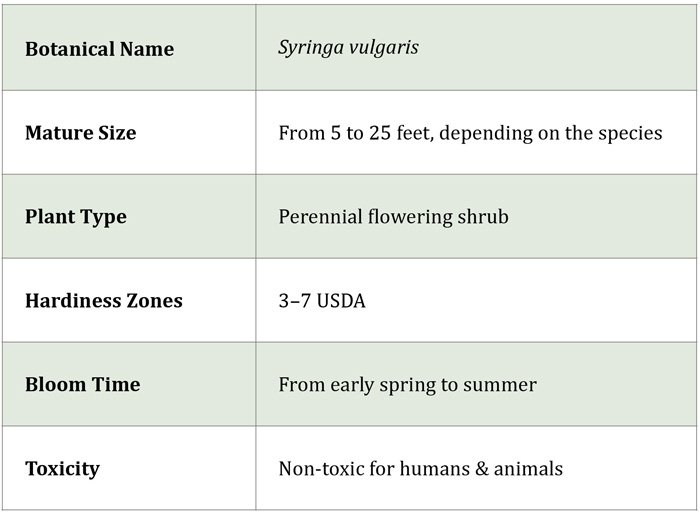


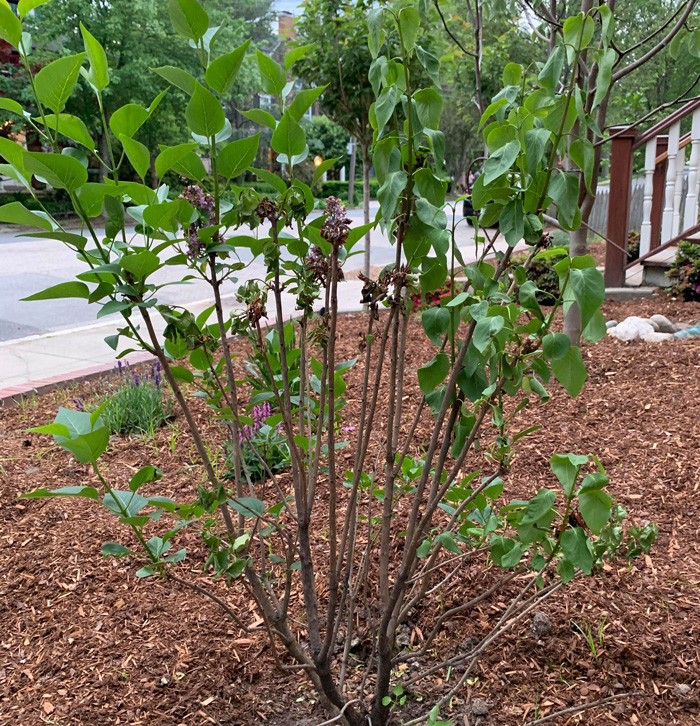
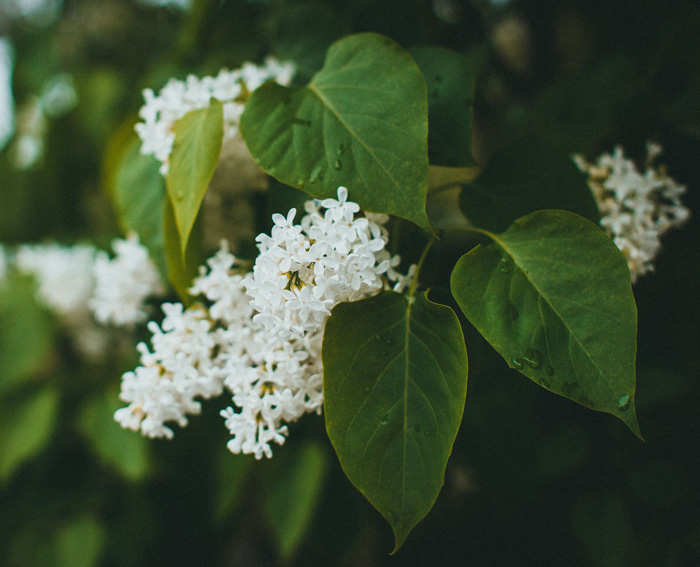
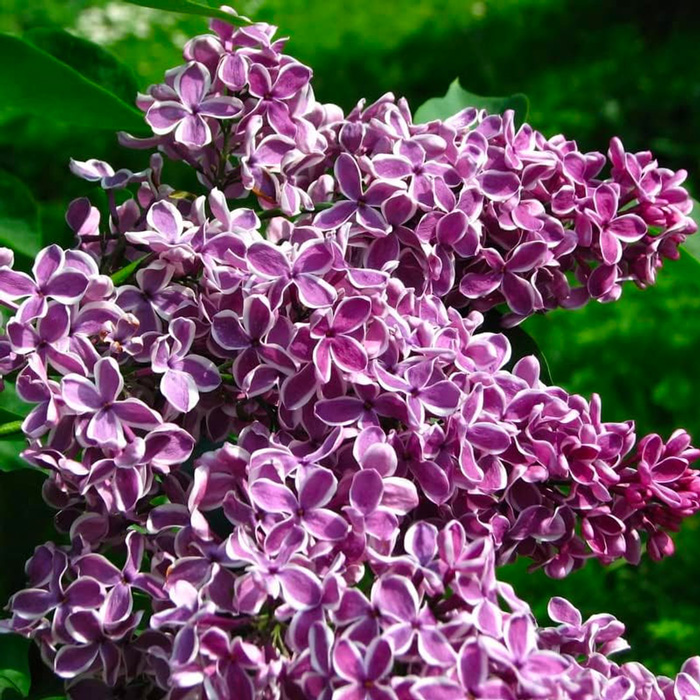

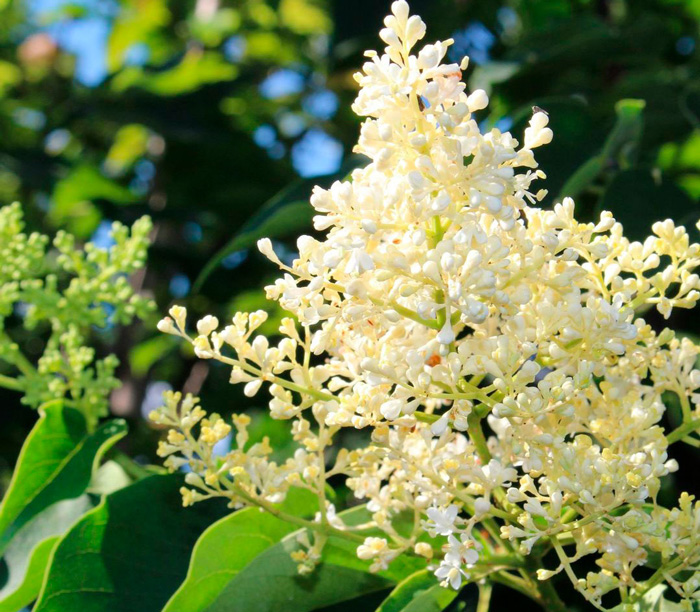




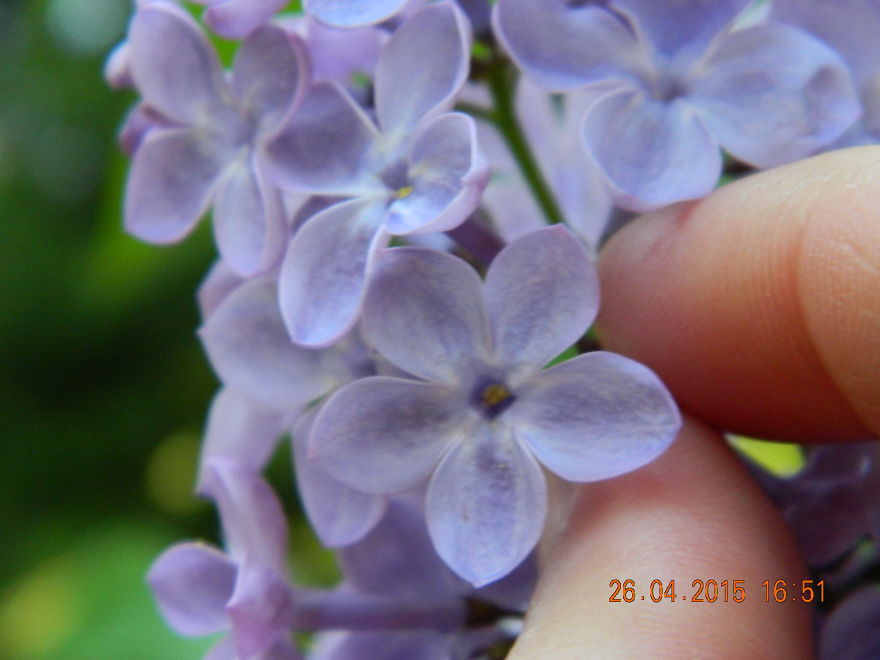










































20
2